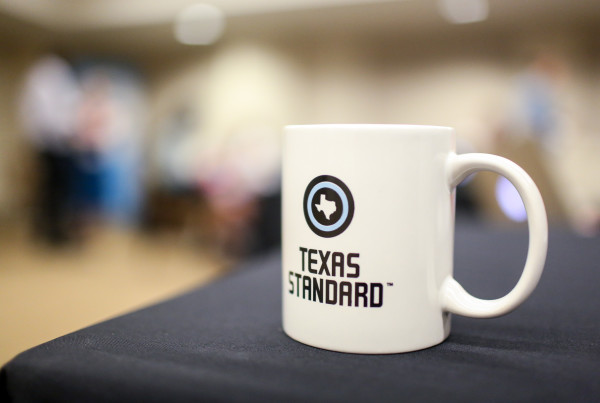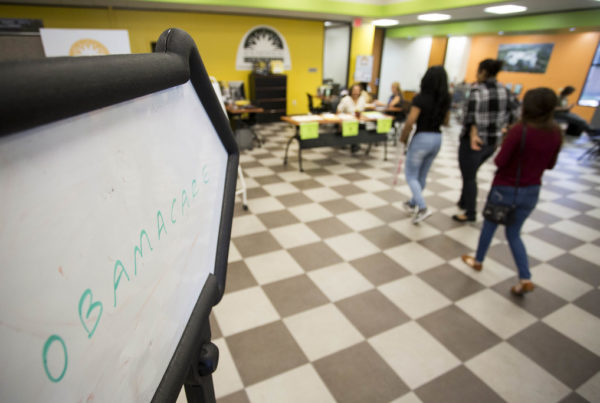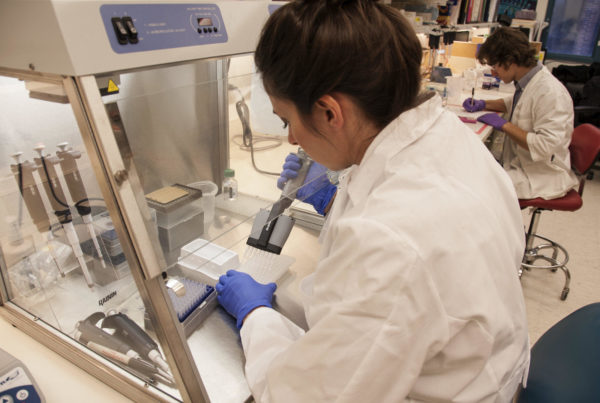Fifty years since U.S. astronauts first set foot on the moon, a mission to return there again, in the next five years, is becoming more likely. That’s, in part, thanks to Texas Tech University geophysicist Seiichi Nagihara who is one of 12 researchers NASA selected for its Artemis lunar program.
Nagihara says the program will develop instruments NASA will use in its future missions. He earned the spot after he and his team developed a probe that measures heat from the moon’s interior.
“We already have a prototype that has already gone past the proof-of-concept stage,” Nagihara says. “All the 12 instruments NASA selected have more or less proven its concept, so that’s why it doesn’t require a lot more effort to actually get it ready for an actual space mission.”
Nagihara says the opportunity is special to him, and long-awaited. He recalls how, 50 years ago, his mother watch the TV, fixated as Neil Armstrong walked on the moon.
“I’m finally making a full circle; maybe it’s my turn to send something, at least. I may not be able to go there by myself but at least I can send something I’ve designed,” Nagihara says.
What you’ll hear in this segment:
– What the mission is for the Artemis lunar program
– What Nagihara’s probe will tell us about the moon
– What inspired Nagihara to want to be part of the Artemis program
Written by Geronimo Perez.














